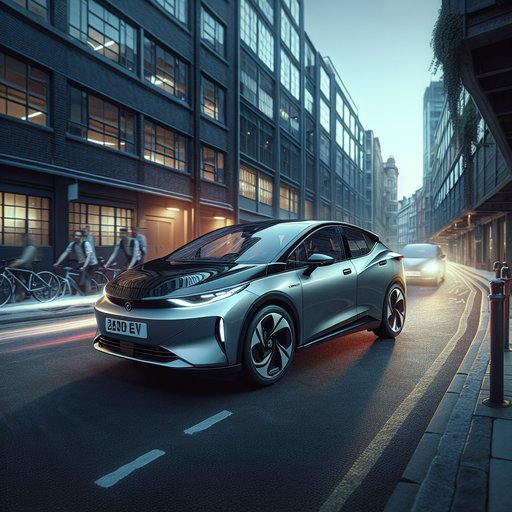
We spent a week driving the 2024 Toyota Corolla Hybrid LE through congested city centers, tight neighborhood streets, and packed garages to evaluate its parking ease, real-world fuel economy, and low-speed maneuverability.
Our test car was a 2024 Toyota Corolla Hybrid LE (FWD), using a 1.8-liter Atkinson-cycle four with Toyota’s e-CVT and a small lithium-ion battery under the rear seat. System output is 134 hp, and the EPA rates it at 53/46/50 mpg (city/highway/combined). Key urban-friendly numbers: 182.5 inches long, 70.1 inches wide, and a 35.6-foot curb-to-curb turning circle. Trunk space is 13.1 cu ft with 60/40 split-folding rear seats.
Testing took place over seven days in dense downtown traffic and older residential grids, including parallel-parking into curbside spots, U-turns on narrow two-lane streets, and repeated entries into a multistory garage with 6-foot-6 clearance. We ran short-hop errands with frequent cold starts, plus a 40-mile mixed loop to measure economy under typical commuter conditions. Parking is straightforward. The Corolla’s relatively short front overhang and predictable steering help place the nose accurately, and the standard backup camera with dynamic guidelines makes it easy to judge curbs.
Our car’s blind-spot monitor and rear cross-traffic alert proved genuinely useful when backing out between SUVs. The 35.6-foot turning circle isn’t subcompact-tight but allowed one-shot U-turns on many residential streets; parallel spaces of about 16 feet were consistently doable with a single correction. Visibility is good through the front quarters; the thick C-pillars mean you’ll rely on mirrors and the camera when reversing diagonally. City fuel economy is excellent.
Against the EPA’s 53 mpg city figure, our best inner-city loop returned 52.7 mpg with gentle throttle and short trip lengths; the week-long average across mixed errands and stop-and-go congestion was 49.3 mpg. The hybrid system frequently glides on electric power up to neighborhood speeds, and the engine restarts are smooth. With a 13.2-gallon tank, expect 550–600 miles per fill in typical urban use if you drive efficiently, even allowing for HVAC use and hills. Maneuverability at low speeds is a strong suit.
Steering effort is light yet linear, so tight garage ramps feel natural, and the throttle mapping avoids lurchiness when creeping in traffic. Brake blending between regeneration and friction is well judged, enabling accurate low-speed stops. Ride quality on 16-inch wheels is compliant over manhole covers and patchwork pavement, though sharp potholes still send a thump. Around-town acceleration is adequate; 0–30 mph is brisk, while the e-CVT lets the engine drone a bit if you mat it to merge.
Overall, the Corolla Hybrid is a highly city-suitable compact: easy to park, miserly on fuel, and stress-free in heavy traffic. Prioritize the blind-spot/rear cross-traffic package, and consider front parking sensors if available in your market. If you need more cargo flexibility, the non-hybrid Corolla Hatch is a tidier parker; for even better economy and tech, a Prius is worth cross-shopping. Drivers seeking punchier acceleration may prefer a turbocharged rival, but for urban commuting, the Corolla Hybrid hits the sweet spot.












